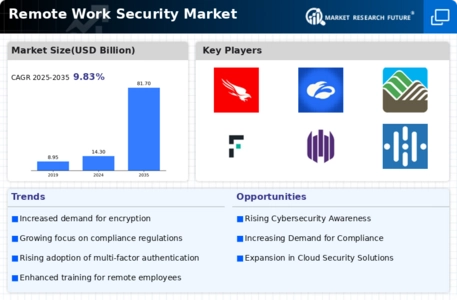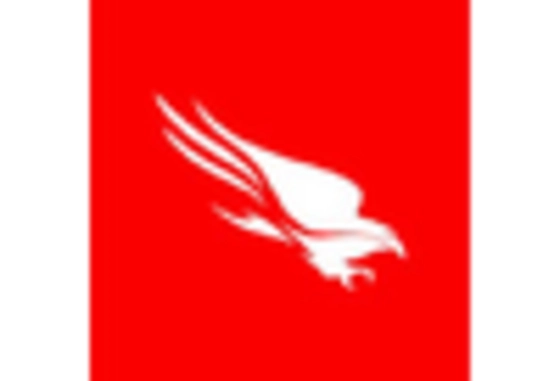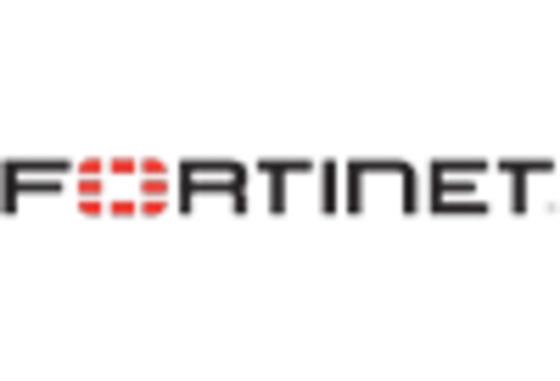Rising Cyber Threats
The Remote Work Security Market is experiencing heightened demand due to the increasing frequency and sophistication of cyber threats. Organizations are facing a surge in phishing attacks, ransomware incidents, and data breaches, which necessitate robust security measures. According to recent data, cybercrime is projected to cost businesses trillions annually, prompting companies to invest heavily in security solutions. This trend indicates a growing recognition of the need for comprehensive security frameworks that can protect remote work environments. As remote work becomes more prevalent, the urgency to safeguard sensitive information and maintain operational integrity intensifies, driving growth in the Remote Work Security Market.
Increased Remote Workforce
The Remote Work Security Market is experiencing growth driven by the increasing number of employees working remotely. As organizations embrace flexible work arrangements, the need for secure remote access to corporate networks becomes paramount. Data indicates that a significant percentage of the workforce is now operating remotely, which raises concerns about data security and privacy. Companies are compelled to implement security measures that protect their assets while accommodating remote work. This trend suggests a sustained demand for security solutions tailored to remote work environments, thereby propelling the Remote Work Security Market forward.
Regulatory Compliance Requirements
The Remote Work Security Market is significantly influenced by the evolving landscape of regulatory compliance. Organizations are increasingly required to adhere to stringent data protection regulations, such as GDPR and CCPA, which mandate the implementation of robust security measures. Non-compliance can result in severe penalties, thereby incentivizing businesses to invest in security solutions that ensure adherence to these regulations. The market is projected to grow as companies seek to mitigate risks associated with non-compliance. This trend underscores the importance of integrating security protocols into remote work practices, thereby enhancing the overall security posture of organizations operating in the Remote Work Security Market.
Focus on Business Continuity Planning
The Remote Work Security Market is increasingly shaped by organizations' emphasis on business continuity planning. Companies recognize that robust security measures are essential for maintaining operations during disruptions. The integration of security protocols into business continuity strategies is becoming a priority, as organizations seek to ensure resilience in the face of potential threats. This focus on continuity is likely to drive investments in security solutions that support remote work environments. As businesses strive to safeguard their operations, the Remote Work Security Market is expected to witness significant growth, reflecting the critical role of security in sustaining business functions.
Technological Advancements in Security Solutions
The Remote Work Security Market is benefiting from rapid technological advancements that enhance security solutions. Innovations such as artificial intelligence, machine learning, and advanced encryption techniques are being integrated into security frameworks, providing organizations with sophisticated tools to combat cyber threats. The market is expected to expand as these technologies become more accessible and affordable for businesses of all sizes. Enhanced security solutions not only protect sensitive data but also improve operational efficiency, making them attractive investments for organizations navigating the complexities of remote work. This technological evolution is likely to play a pivotal role in shaping the future of the Remote Work Security Market.

















Leave a Comment